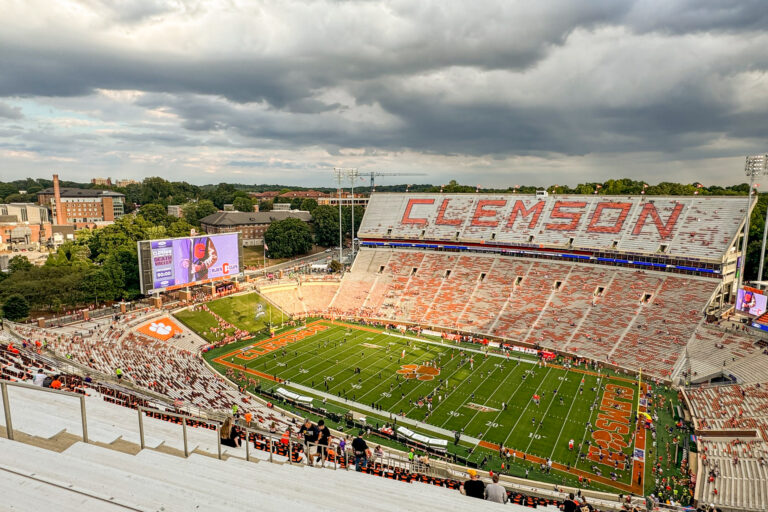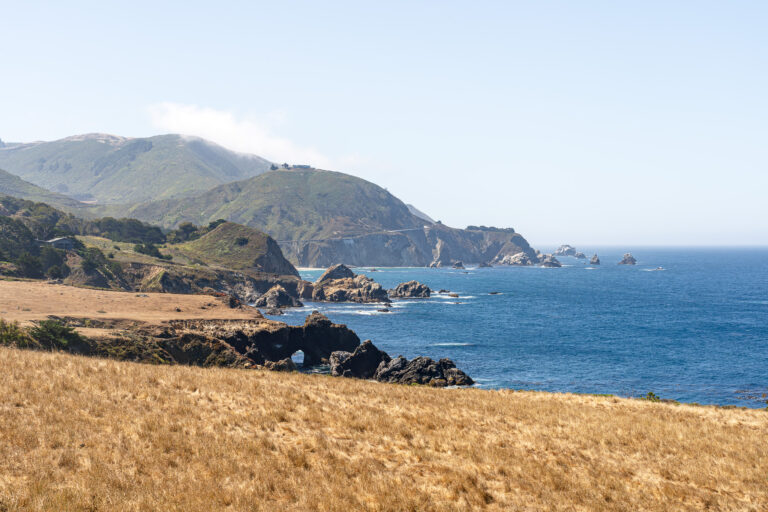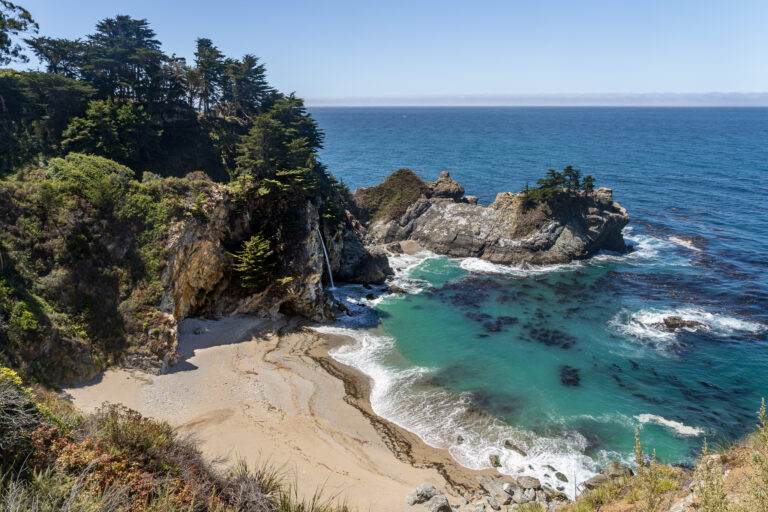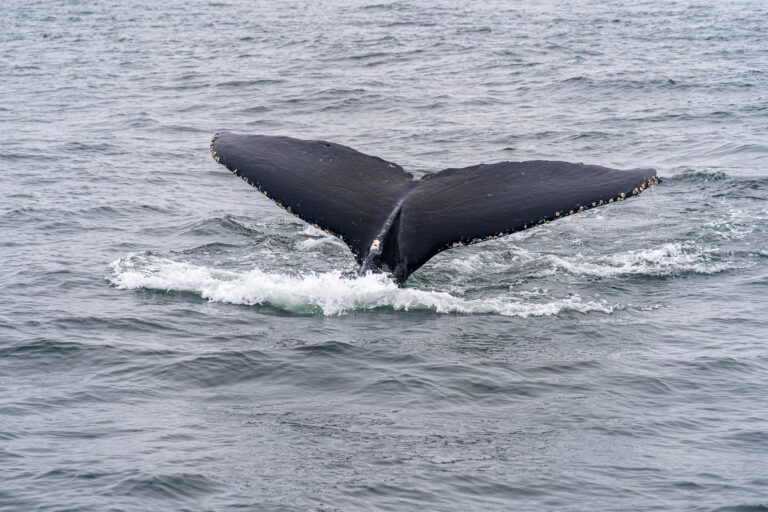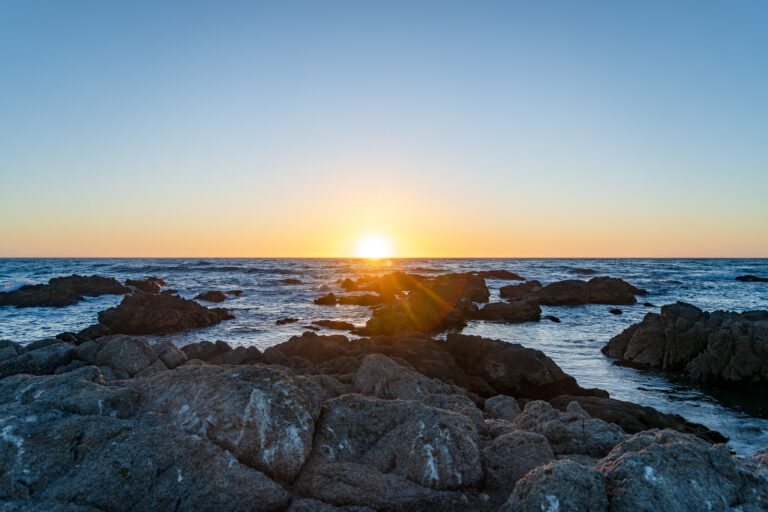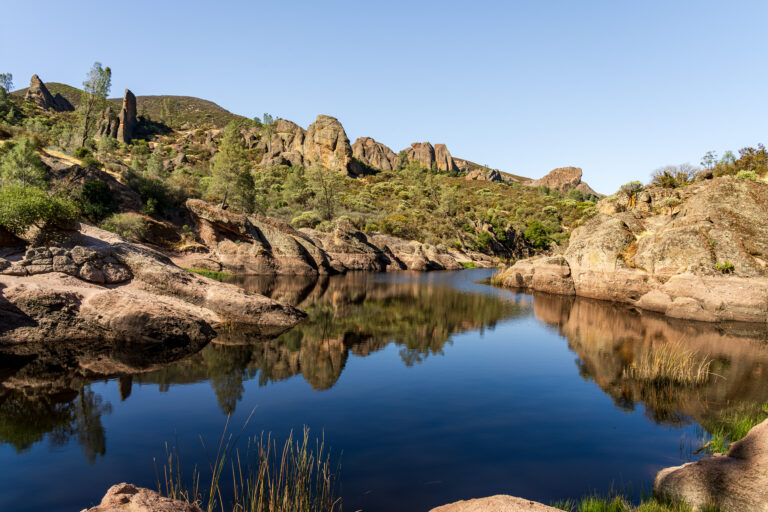In this part, I’ll cover what are perhaps the two items for which Brasil is most known: beef and Christ the Redeemer.
Carne (Beef)
I may have talked about food earlier, but I’ve purposely saved the best for last: the beef. Before I can explain Brazilian beef, I first need to share a brief lesson in o açougue (butchery).
In the US, butchers generally use the quickest/easiest method of breaking down a cow. Conversely, Brazilian açougueiros (butchers) break down the cow into smaller, more complicated portions that better utilize the makeup of the muscular structure of the animal.
The most famous cut of Brazilian steak is picanha, which is essentially a sirloin/rump cap with fat cap left on (cut #8 on the chart above). Almost everywhere else in the world, this cut is split up with other cuts of beef, and the prized fat cap is thrown away. In Brazil, it’s slowly roasted to render the fat cap’s flavors into the meat, and then cooked quickly to bring it up to a juicy medium-rare.
The Wonderful Sizzle of Beef
<side note> almost ALL steak should be eaten medium-rare. It’s been scientifically proven time and again, so don’t let anyone tell you otherwise. To quote Paula Deen, “if you want it well done, get a hamburger” (but you should eat those closer to medium too). Rant over… </side note>
Churrascaria (Brazilian Steakhouse)
Perhaps you’ve heard of a Brazilian steakhouse. These Rodízio-style (all-you-can-eat) restaurants serve meat, primarily beef, that’s been cooked over a rotisserie-style charcoal fire. Usually, the beef is simply seasoned with flaky sea salt, although I did have a parmesan-crusted steak at some point. These restaurants are a little pricy by Brasilian (pardon my interchanging use of Brazil and Brasil) standards, but quite reasonable for an American. I only paid USD$22, and easily got my money’s worth.
The steakhouse I went to also served sushi and sashimi, along with a variety of seafood and sides. It’s important to avoid the frivolous foods while attending these fine establishments. However, I did sample a few items from the central buffet.
In the center of your table, there’s a simple green/red light system. Green means “hit me with the meat”, and red means “if I take another bit I’m going to explode” …roughly translated. The waiters bring long rotisserie skewers of meat to your table, explain what it is, you indicate sim or não. The waiter will either slice some of the fresh meat onto the community platter in the center of the table, or pass you by.
The community platter is free game for everyone, and thankfully so, because otherwise I would have probably injured myself. All the meat was fantastic; the only thing I wasn’t a huge fan of were the Coração de Galinha Frito, or chicken hearts. While a Brasilian delicacy, I thought they were a strange texture, somewhere between mushrooms, oysters, and escargot.
Cristo Redentor (Christ the Redeemer)
High atop the mountain Corcovado, the “Christ the Redeemer” statue towers over the city of Rio. The mountain stands 700m (2,300ft) above the city of Brazil, in what’s left of the coastal tropical rain forest, preserved in Floresta da Tijuca (Tijuca Forest National Park). French architects and Brazilian engineers constructed the Art Deco-style statue between 1922 and 1931, shipping it in pieces from France and assembling it in Rio.
The sculpture is 98ft tall and the arms spread 92ft wide. It’s roughly half the height of the Statue of Liberty (counting the pedestals). It’s considered one of the New 7 Wonders of the World. The other Wonders include Machu Picchu, Taj Mahal, the Great Wall of China, Petra, Rome’s Colosseum, and Chichén Itzá.
The view of Rio from the top was spectacular. You could only see a small part of the city, but much of the ocean and bay.
While impressive, I don’t know that I’d put it on the list of the seven most spectacular things I’ve ever seen; it’s a little underwhelming when viewed up close. However, it’s quite astounding when viewed from afar. The statue is visible from a majority of Rio, as you can see in the two pictures below (taken from the Barra district).
Uber is the best way to get around in Rio, so we booked a ride to the Trem de Corcovado and rode the cog train to the top. It was very similar to some of the cog trains I’ve ridden in Switzerland.
Conclusion
That concludes Part III. Next time, I’ll talk about Rio’s other famous vista, Pão de Açúcar, and share a few more photos.
